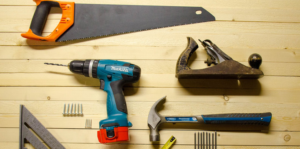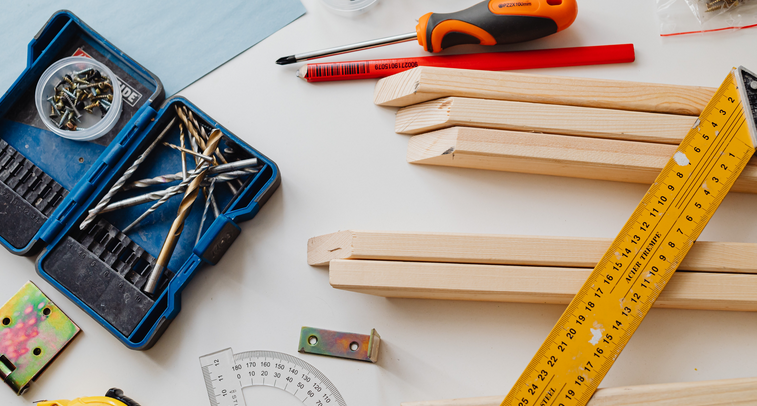Woodworking tools are essential companions for any woodworker, enabling them to transform raw wood into beautiful creations. To ensure your tools remain reliable and safe, proper maintenance is crucial. In this guide, we’ll explore the best practices for woodworking tools maintenance, helping you extend their lifespan and maintain peak performance.

The Importance of Regular Maintenance
Regular maintenance of your woodworking tools offers several benefits:
- Extended Lifespan: Proper care can significantly increase the lifespan of your tools, saving you money in the long run.
- Enhanced Performance: Well-maintained tools work more efficiently and produce better results.
- Safety: Regular maintenance ensures that your tools operate safely, reducing the risk of accidents.
Basic Maintenance Routine
Cleaning
- Dust Removal: After each use, clean off sawdust, wood chips, and debris from your tools. Use compressed air or a brush to reach crevices.
- Blade Cleaning: For saw blades and router bits, use a blade cleaning solution to remove resin buildup.
Lubrication
- Moving Parts: Apply lubricating oil or paste to moving parts such as hinges, gears, and slides to prevent rust and ensure smooth operation.
Rust Prevention
- Rust Removal: Remove any existing rust with steel wool or a rust remover. Protect metal surfaces by applying a rust-resistant coating.
Sharpening
- Blade Sharpening: Keep blades sharp for cleaner cuts. Use sharpening stones or a honing guide to maintain blade edges.
Power Tools Maintenance
Table Saw
- Alignment Check: Periodically check and adjust the alignment of the blade and fence to ensure accurate cuts.
- Clean the Arbor: Remove the blade and clean the arbor threads to prevent wobbling.
Router
8. Brush Replacement: Replace worn-out brushes in the motor for consistent performance.
9. Collet Cleaning: Regularly clean the collet and replace it if it becomes damaged or worn.
Planer and Jointer
In-feed and Out-feed Tables: Keep these tables clean and waxed for smoother operation.
Hand Tools Maintenance
Chisels and Planes
Sharpen Blades: Maintain sharp blades for precise carving and smoothing.
Handle Care: Sand wooden handles if they become rough, and apply linseed oil for protection.
Hand Saws
Tension Adjustment: Check and adjust the tension of hand saw blades to prevent bowing.
Teeth Cleaning: Use a wire brush to remove sawdust from teeth, ensuring cleaner cuts.
Safety Considerations
- Disconnect Power: Always unplug or disconnect power sources before performing maintenance on power tools.
- Protective Gear: Wear appropriate safety gear, including goggles, gloves, and dust masks.
Storage
Proper Storage: Store tools in a dry, well-ventilated area to prevent rust and deterioration.
Tool Chests: Consider investing in a tool chest or cabinet to keep your tools organized and protected.
Woodworking Tool Maintenance Schedule
To ensure you don’t overlook maintenance tasks, create a schedule based on your tool usage. For example:
- Daily: Clean sawdust and debris from tools.
- Weekly: Check and adjust tool alignments if necessary.
- Monthly: Oil moving parts and inspect power cords.
- Bi-Annually: Sharpen blades, replace brushes, and clean the entire tool thoroughly.
- Electrical Cords: Regularly inspect the power cords of your electric tools for fraying or damage. Replace them immediately if you notice any issues to prevent electrical hazards.
Conclusion
Proper woodworking tools maintenance is a fundamental aspect of being a responsible and skilled woodworker. By following these maintenance practices, you’ll not only extend the life of your tools but also enhance their performance and safety. Remember, a well-maintained tool is a woodworker’s best friend.
Maintaining your tools is not just about functionality; it’s also about safety. Keeping your tools in excellent condition ensures that they perform their best while minimizing the risk of accidents. So, set aside some time for regular maintenance, and your woodworking tools will serve you faithfully for years to come. Happy woodworking!


